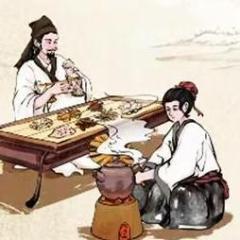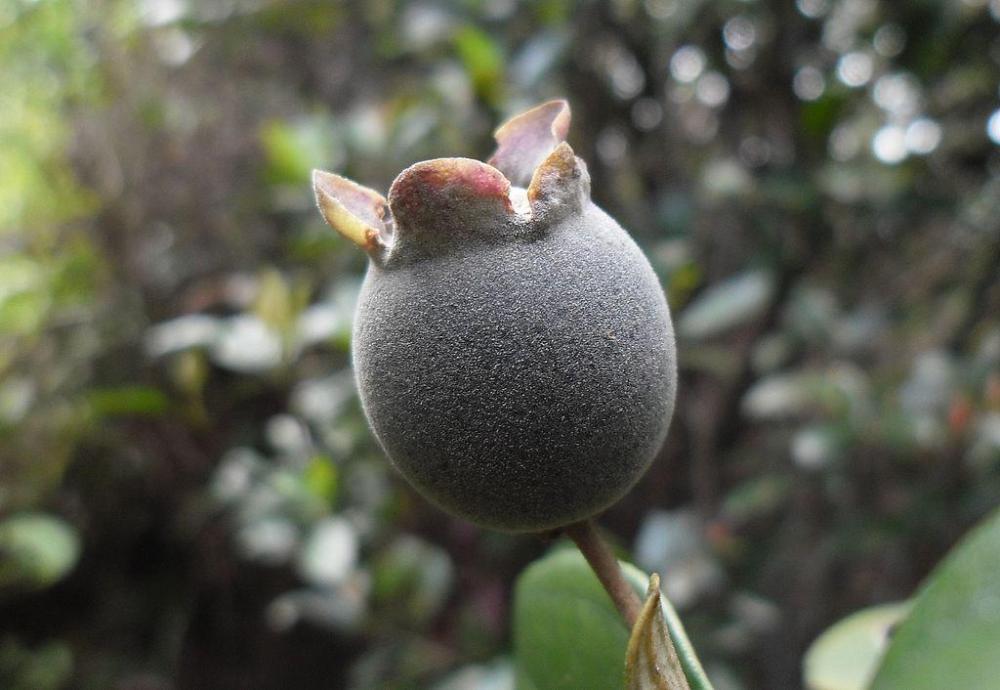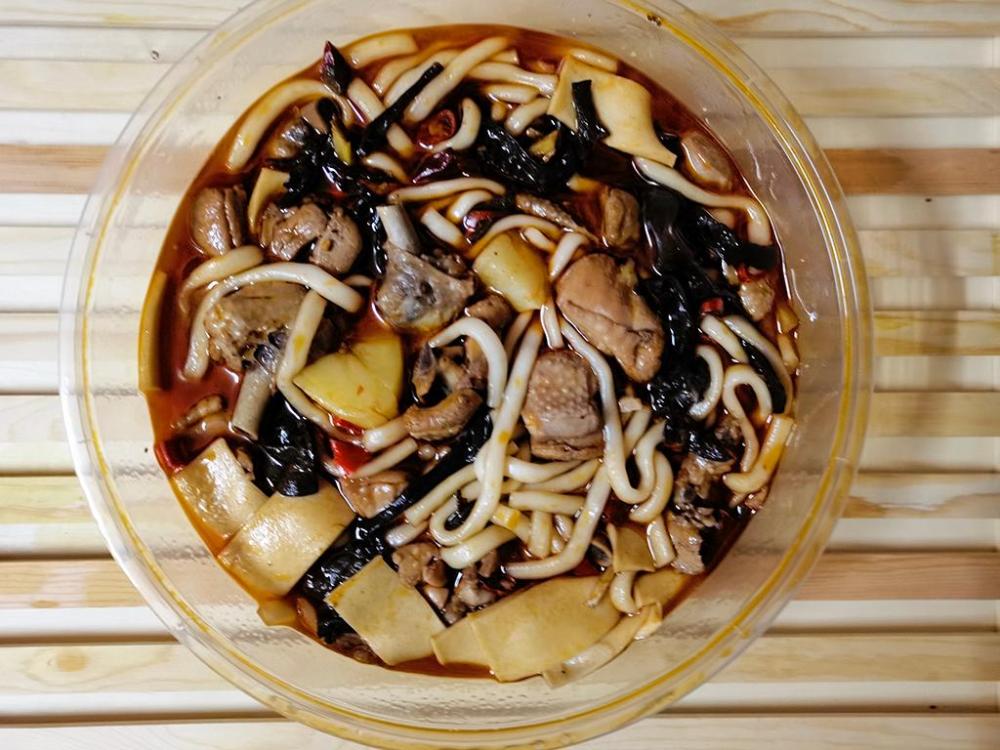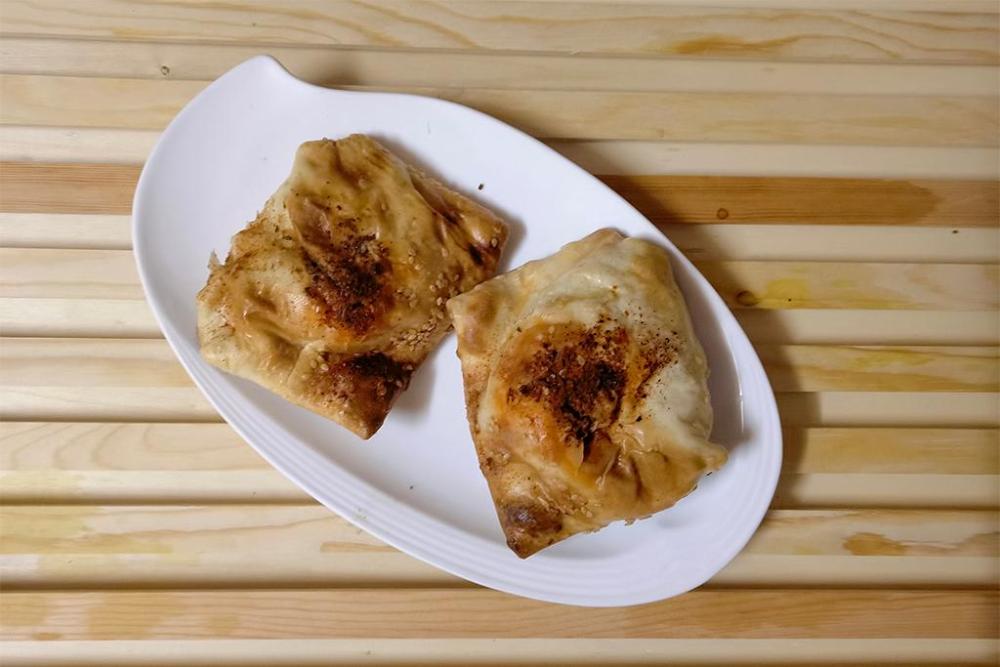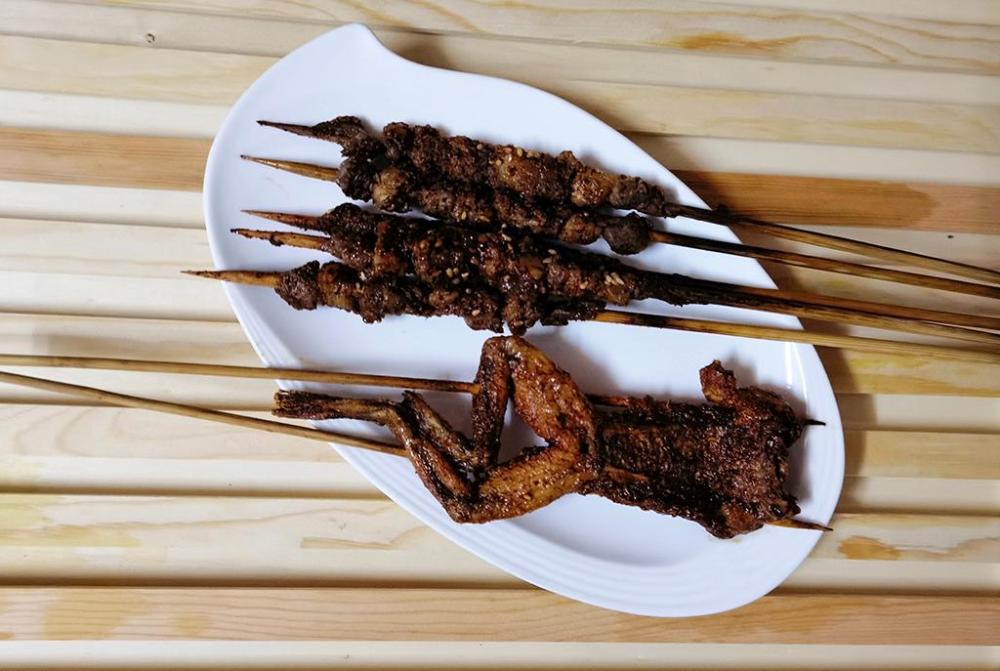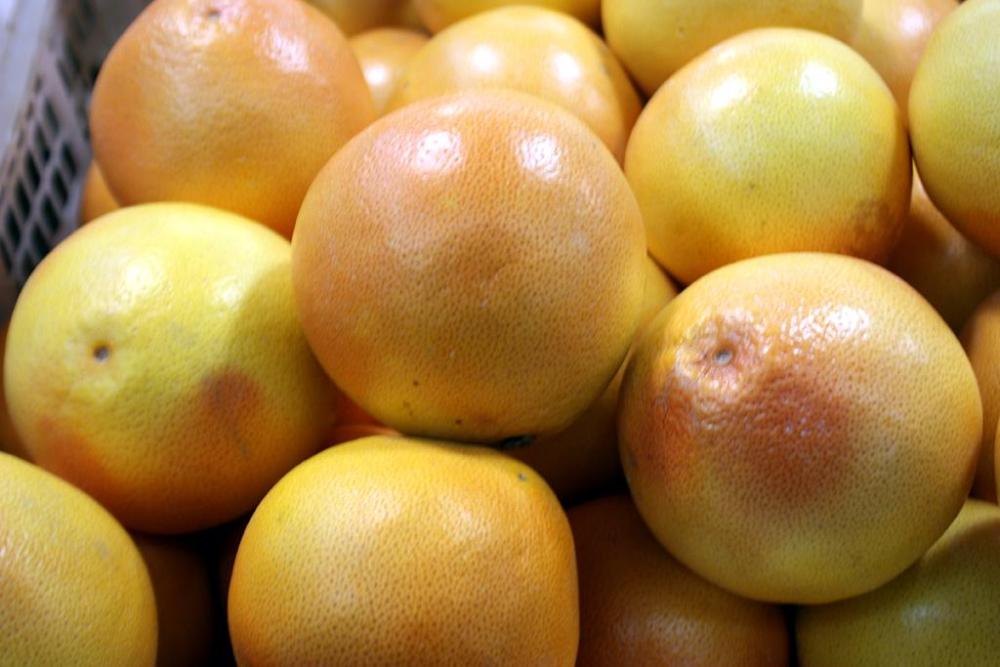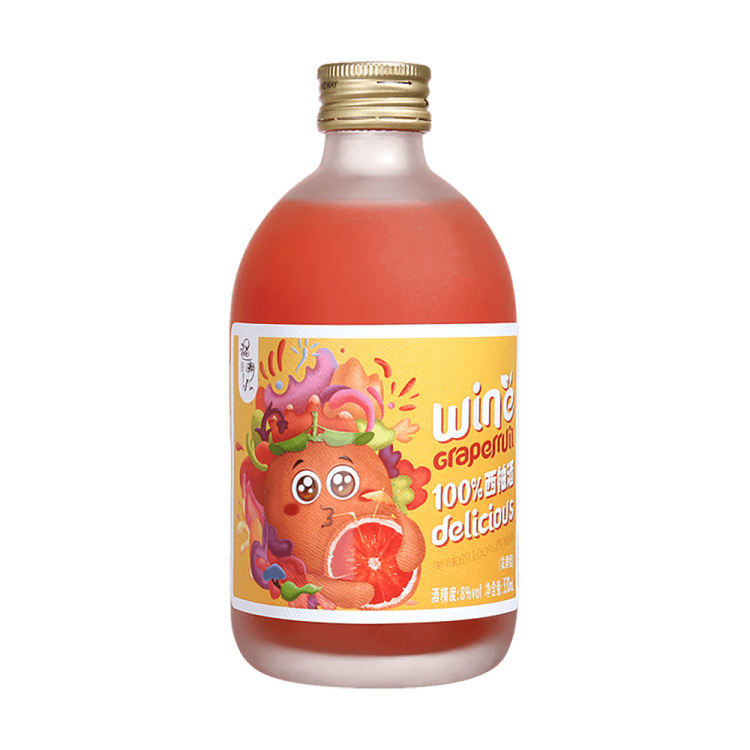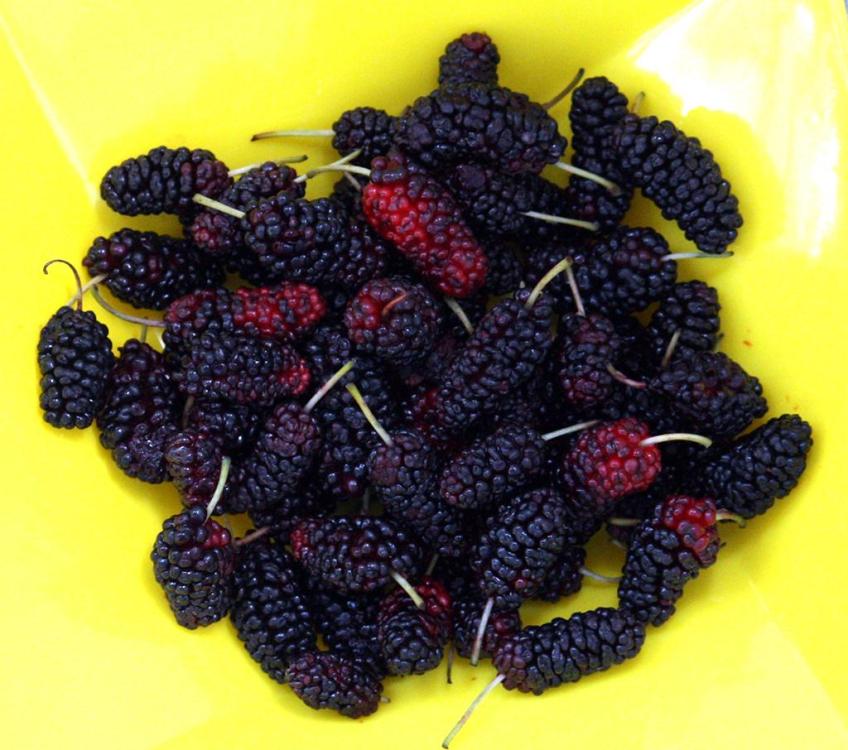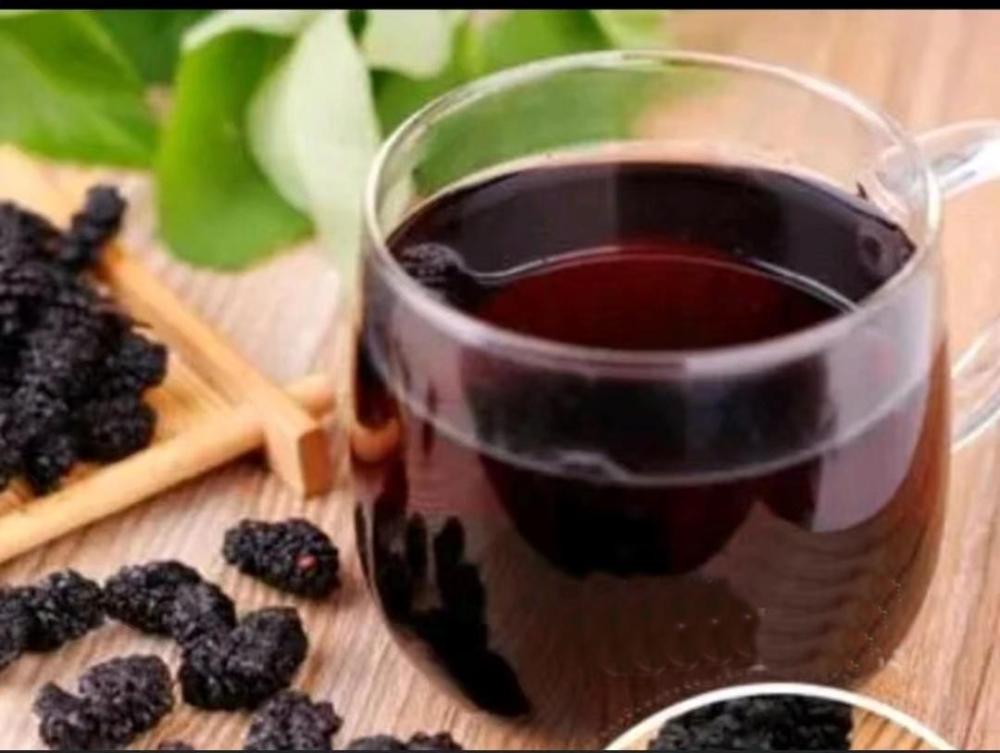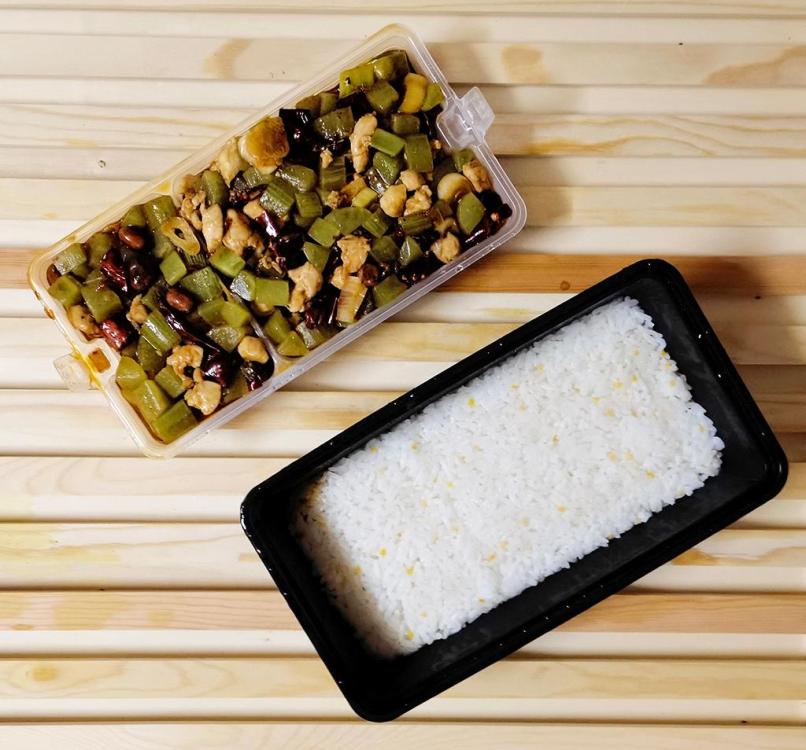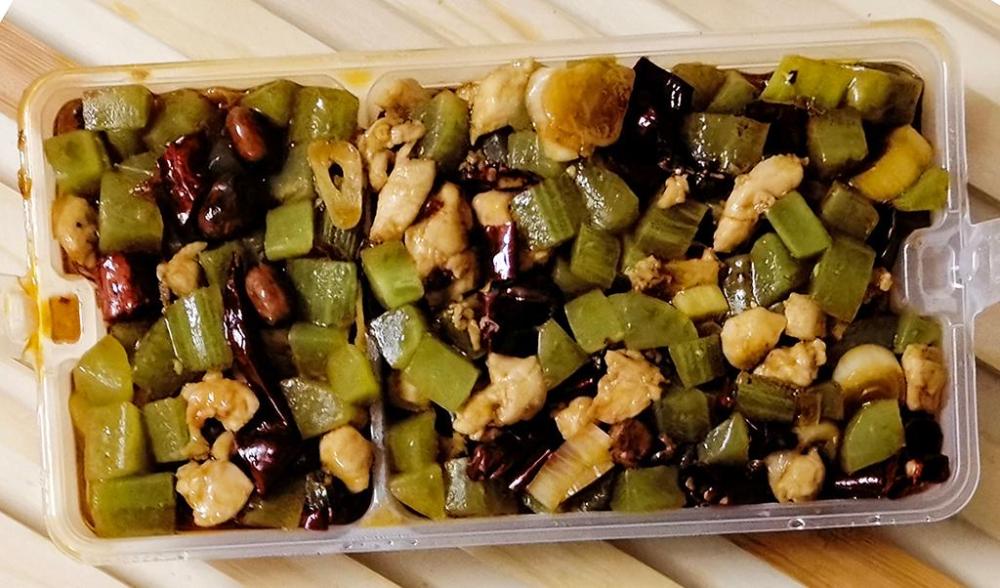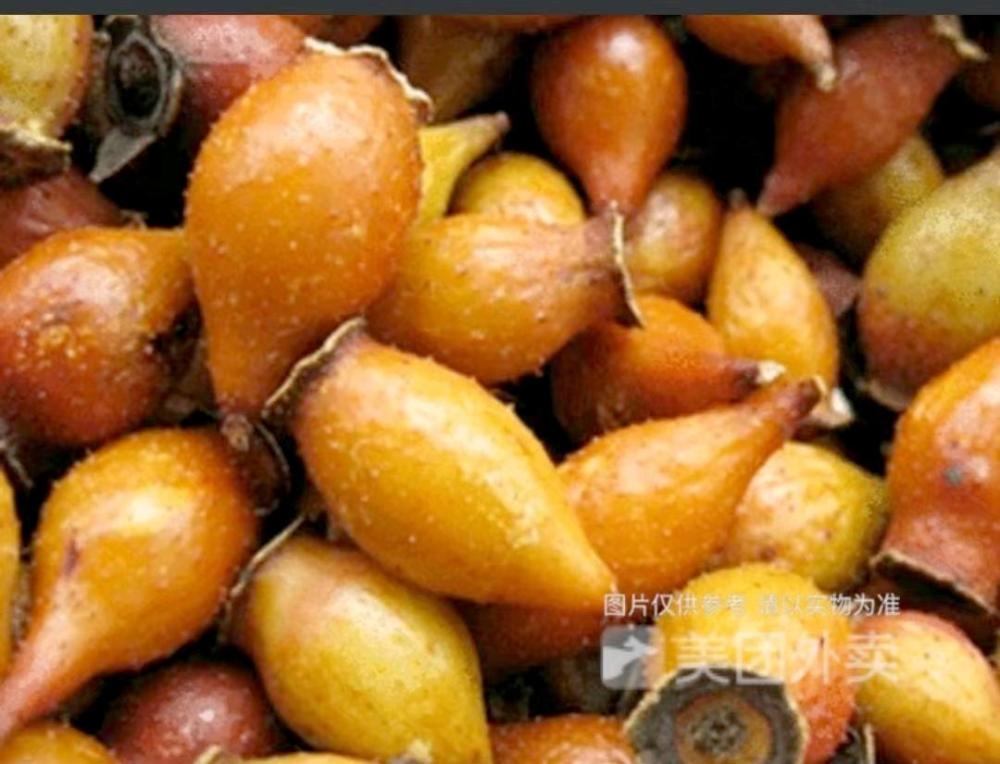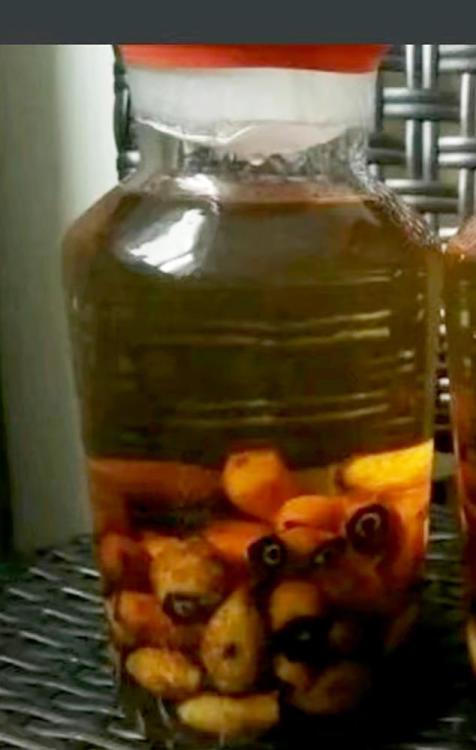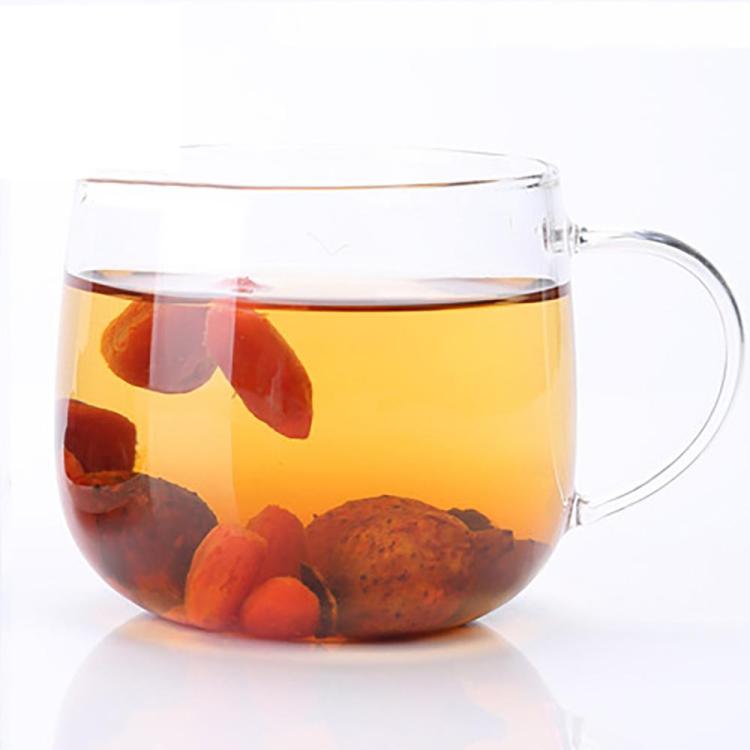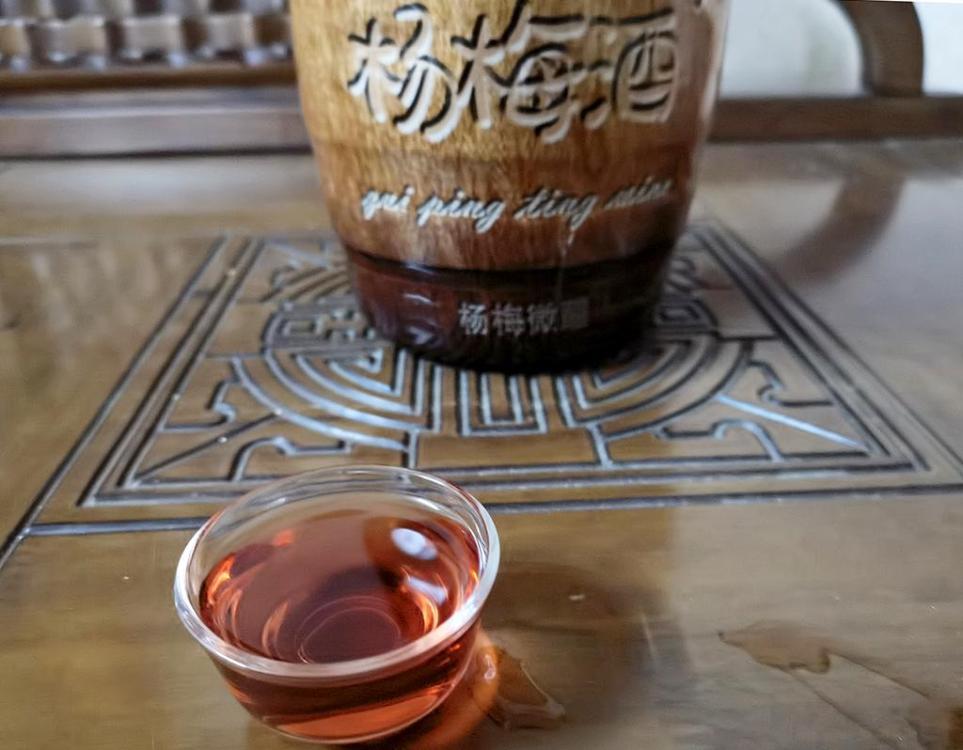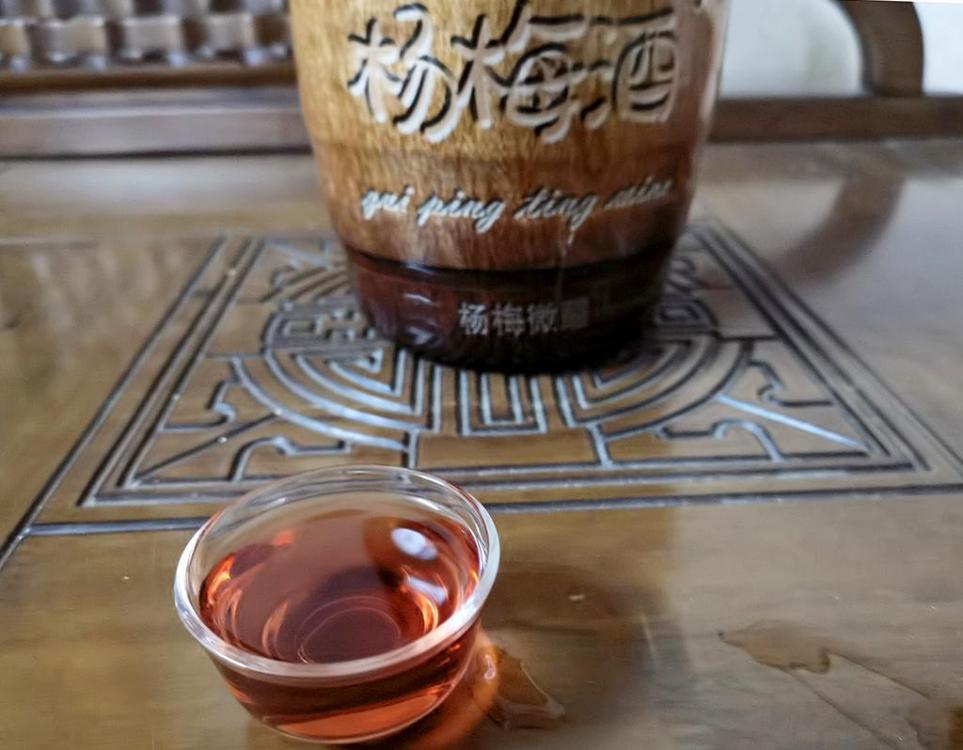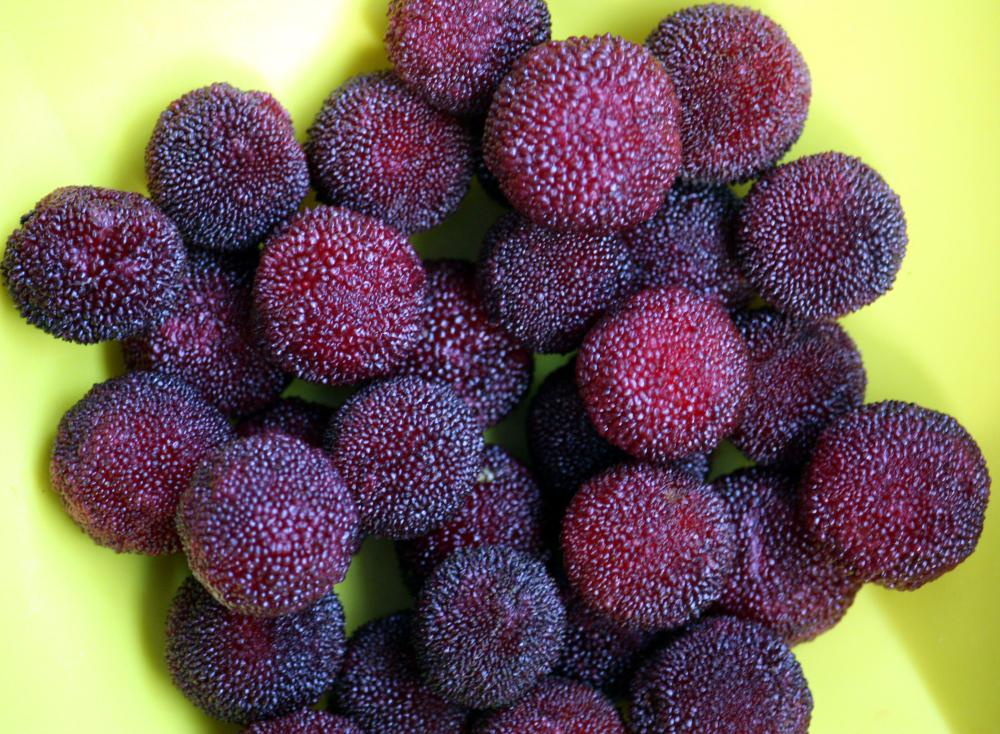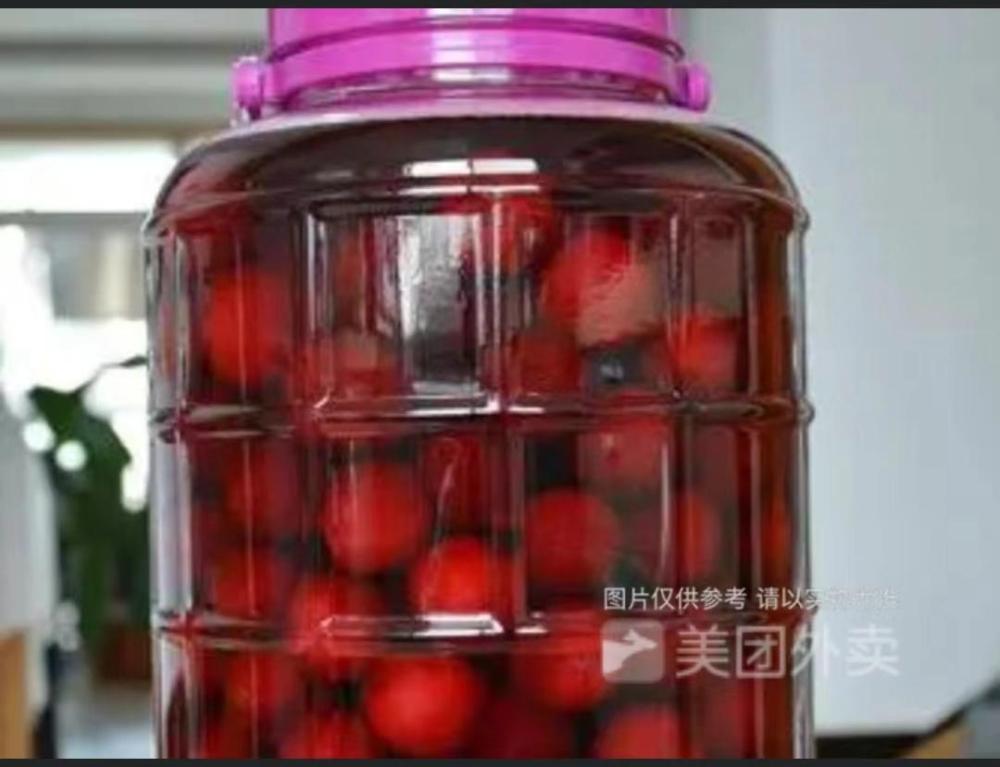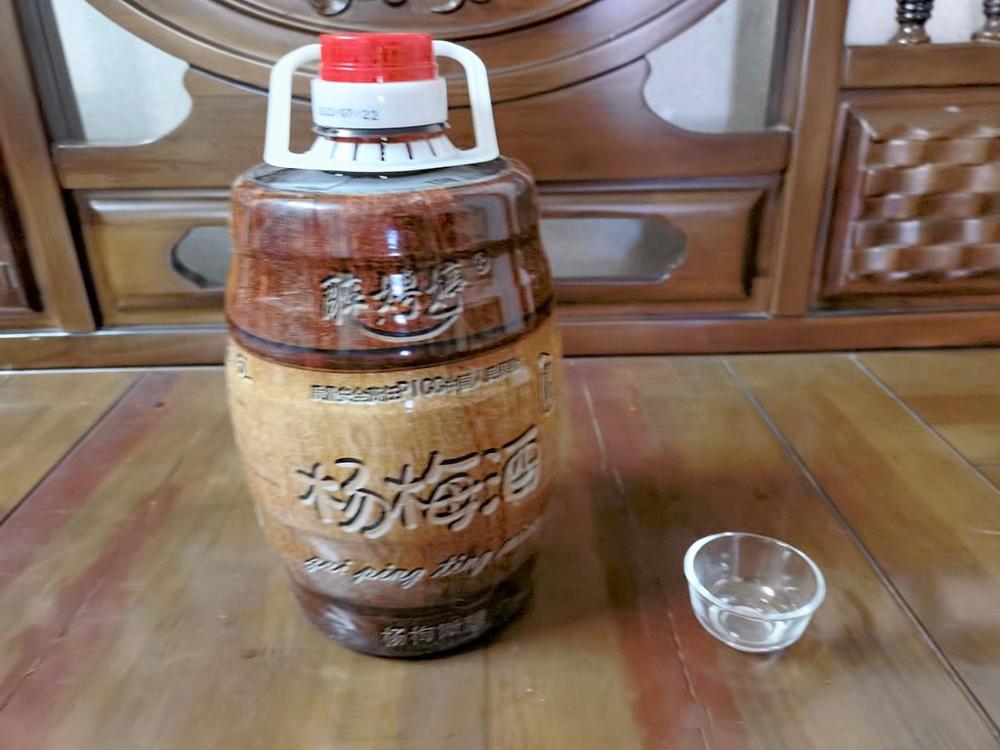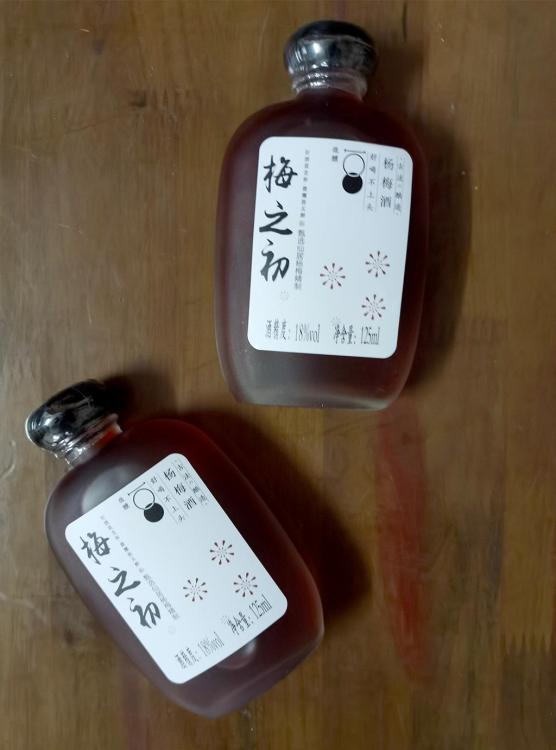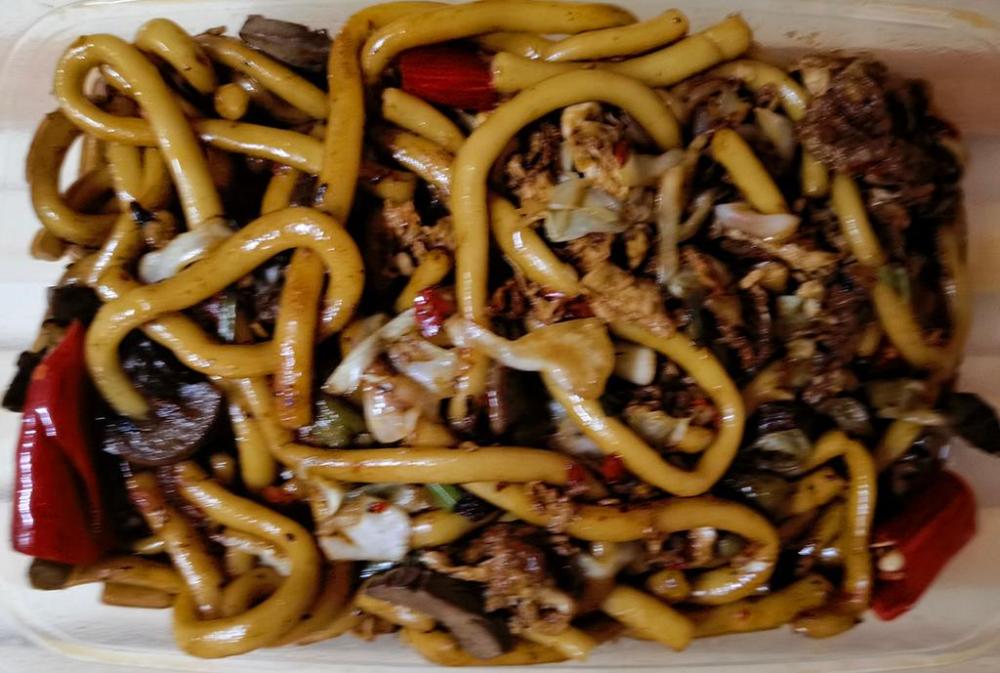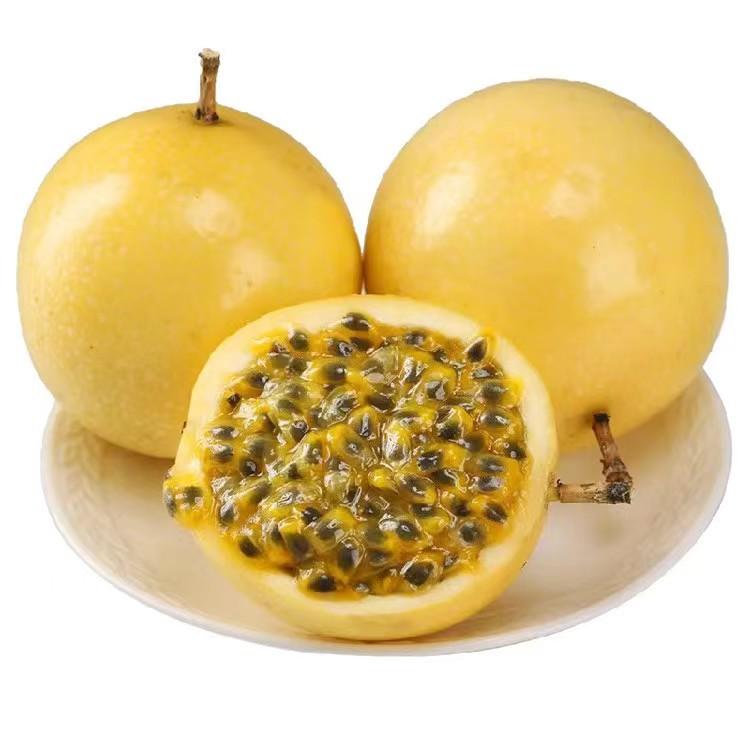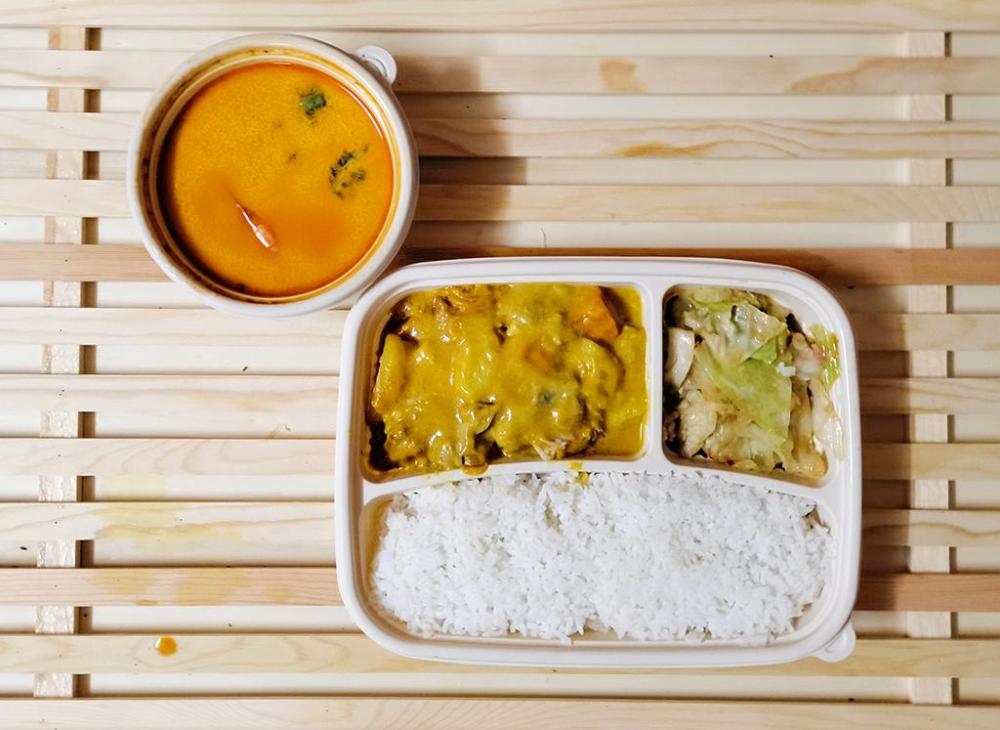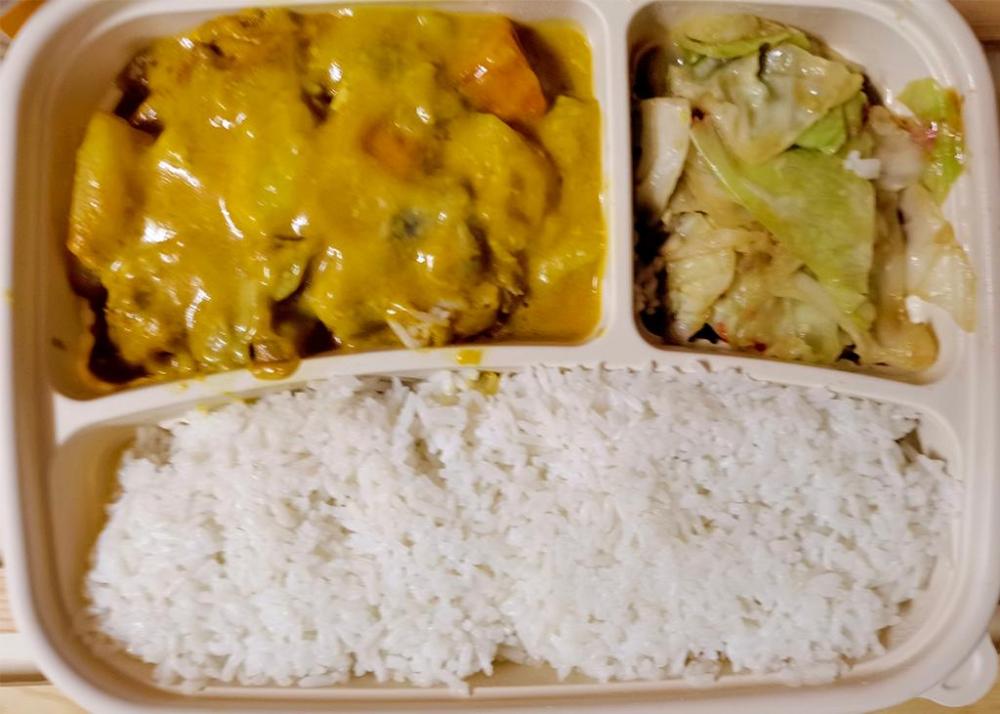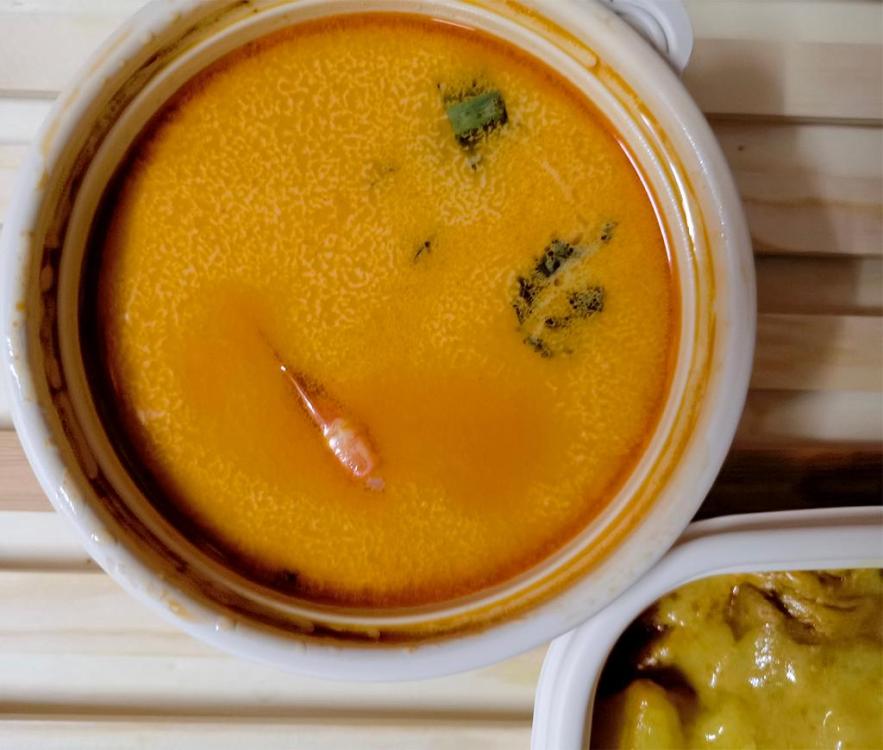-
Posts
16,675 -
Joined
-
Last visited
Content Type
Profiles
Forums
Store
Help Articles
Everything posted by liuzhou
-
捻子 (niǎn zǐ) or rose myrtle, Rhodomyrtus tomentosa is a plant native to southern and south-eastern Asia (i.e. round here). It too is used to make a wine (捻子酒 - niǎn zǐ jiǔ), not only in China but also on Phu Quoc Island, Vietnam where it is called rượu sim The plant is considered an invasive species in Florida and Hawaii (among other territories) after being introduced in the 1920s. Rose Myrtle Fruit - Image from Wiipedia Commons The dark-purple to black coloured edible fruit is fermented to make a light wine (10% ABV) often consumed with seafood.
-
Lunch (and dinner): 新疆大盘鸡 (xīn jiāng dà pán jī) - Xinjiang Big Plate Chicken I seem to be on a Xinjiang cuisine trip. No apologies. Actually invented by a Sichuanese chef who emigrated to Xinjiang, China's north-western mainly Muslim province bordering Mongolia, Russia, Kazakhstan, Kyrgyzstan, Tajikistan, Afghanistan, Pakistan and India, this dish is of chicken and potato* with typical Sichuan flavours - chilli and Sichuan peppercorns. It is normally served over noodles or these are served separately at the end to mop up the juices. It is a huge robust dish. Most Xinjiang restaurant s here in town offer two versions the standard and a small. It is always amusing to watch a couple come in and the man (always the man) insisting that he is hungry so must order the larger one and a few side dishes. They are never able to put much of a dent in it. The restaurant is happy! Hence, this will do me for two meals. It heats up well. That dish / container is 10 inches / 255mm in diameter. Big Plate Chicken 大盘鸡 *The potato marks it out. Potatoes are not particularly common in most Chinese cooking. In fact, they are looked down on upon as peasant food by many. Only one other dish springs to mind. These slivered potatoes (often mixed with carrot slivers) with chilli and vinegar. Delicious.
-
Yes. The 'whole' is a bit misleading (I just translated the Chinese as on the listing). They mean not just the legs. That said, there isn't much in the way of innards with frogs.
-
-
That, I didn't know. That said, the only reference I can see to age in the article specificies young people looking for hallucinogenics.
-
Given it's a children's hospital, presumably the victims were kids. Schools and parents need to be more aware of potential problems and educate the kids. Chances are, as the article hints, the kids were looking for psychedelic mushrooms. Even more risky.
-
Food today was mostly repeats of favourites from the last few weeks of survival on delivery. A couple of newbies, though. 内蒙牧场羊排肉中串 (nèi měng mù chǎng yáng pái ròu zhōng chuàn) - Inner Mongolian Ranch Lamb Chop Meat Skewers 碳烤牛蛙年 (整只) (tàn kǎo niú wā nián (zhěng zhǐ) - Grilled Bullfrog (Whole) Both were sprinkled heavily with cumin and chilli.
-
Grapefruit is an interesting plant. It is a natural hybrid of a hybrid. The name comes from the fruit growing in clusters as do grapes. Over half the grapefruit (Citrus × paradisi) produced world-wide is cultivated here in China and a small amount of that is made into grapefruit wine. The wine is low in alcohol at 8% ABV and retains the sweet but tart, even bitter nature of the fruit.
-
No crisps are something else. They'd be freedom chips.
-
Well, I haven't tried all of them. They tend to be low alcohol and sweet, as we have discussed. I like the tart ones. The grapefruit is good. I tend to drink them as aperitifs.
-
My problem, too. The only ones I really like are those with some tartness to counterbalance the sweetness. Especially the yangmei. Still couldn't sit and drink it all evening, though. Yes, we get plum and lychee wine (The Japanese got most of their good ideas from China! 😃) We also get peach, strawberry, grapefruit, hawthorn, passion fruit and blueberry among others.
-
Mulberries come in three main species (in fact, there are over 60): morus alba, morus nigra and morus rubra – white mulberry, black mulberry and red mulberry respectively. Let me be clear! These are species’ names and do not necessarily reflect the colour of the fruit. Some white mulberries are black, for example. Mulberries Mulberries are important in China’s economy, being the silkworms favourite food. They prefer the morus alba, the least flavoursome of the varieties. And they only eat the leaves! Silly buggers. It will surprise you not at all, but here in China both black and red varieties are a popular table fruit, but are also made into wine. Both commercially but also my a farmers needing to deal with a glut of fresh f ruit. As with yangmei above, there are two beverages called ‘mulberry wine’. One is a true wine; the other is strong white spirits in which the fruit has been steeped. Alternatively, the fruit is used to flavour plain rice wine, taking about three weeks to develop colour and flavour. Mulberry Wine Mulberry wine is low in alcohol (12% or less by vol) and sweet. Too sweet for my taste, but it is marketed as a 'ladies 'wine', whatever that means.
-
Lunch was confused and confusing. 鲜虾的蔬越南春卷 (xiān xiā de shū yuè nán chūn juǎn)- Fresh Shrimp and Vegetable Vietnamese Spring Rolls. 香煎鸡胸菠菜卷 (xiāng jiān jī xiōng bō cài juǎn) - Fried Chicken Breast Spinach Roll. This I can only describe as being like a burrito, with the spinach a component of the wrapper skin. Inside was salad and the cubed chicken. With a spicy dipping sauce. Bizarre meal, but very good!
-
This is a version of the Sichuan classic you may well know as Kung-P(a)o Chicken, a name no one in Sichuan (or anywhere else in China) uses. It is 宫保鸡丁 (gōng bǎo jī dīng). Whatever you call it, this is a strange version. The basic flavours were on point and the chicken was nicely cooked. What threw me was the amount of clery throughout the dish. Little cubes of celery. Cubes are appropriate. That is what 丁 (dīng) means, but so many? The chef at Panda Cafeteria, the local Sichuan restaurant, was also a little heavy-handed with the Sichuan peppercorns, but that's OK by me. Maybe not for everyone. All in all, I was happy, although I can see that there was room for improvement.
-
金樱子酒 (jīn yīng zǐ jiǔ) is a type of rose hip wine, but not any old rose. It is made from the fruit of the Cherokee Rose, Rosa laevigata, native to southern China, Vietnam and Laos. In Vietnam, it is known as kim anh. It has also been introduced to the United States where it is considered to be an invasive species. Cherokee Rose Hips The wine is made by mixing the somewhat astringent fruit with a syrup containing yeast and citric acid. It is then left for a minimum of two years. The seeds are removed from the hips before processing as they remain bitter. Cherokee Rose Hips Steeping Cherokee Rose Wine The wine is sweet and, of course, floral in aroma and flavour. Hip Hooray!
-
I think it depends on your kitchen and the type of cooking you typically do. 90% of mine is wok based. There is no way I can do that sitting down.
-
If you mean this then yes. That is an 'official' tasting glass as supplied with the 2.5 litre jar. That said, it can be drunk and often is from pretty much anything. Including rice bowls.
-
China has a long history of fermenting fruit other than grapes into wines. Here are a few, starting with my favourite. Fresh Bayberries (杨梅) In 1997, I first ate dried 杨梅 (yáng méi), Chinese bayberries, aka waxberry or Myrica rubra*, in Xi’an, home to the Terracotta Warriors and was delighted by their sweet yet tart flavour. Later I moved to Hunan province and was able to buy the fresh fruit there when in season (May and June). I got through a lot in their short time available. They are also easy to find here in Guangxi at the appropriate time. I still get through a lot. I discovered that the locals back where I lived in Hunan 25 years ago ferment the fruit to make a wine. I immediately got my hands on a 2.5 litre jar of this wine. It is 12% ABV. Ingredients listed by amount are water, bayberry pulp, cane wine, and sugar. I am guessing (?) the small amount of cane sugar wine is to introduce the yeasts needed to start the fermentation. The wine is sweet, but not excessively so and retains notes of the tartness found in the fruit. My sample is commercially made, but I’m told by friends from Hunan that many farmers make the wine for their personal use. As may I one day! WARNING: There are two drinks with the same name 杨梅酒 (yáng méi jiǔ) in Chinese. THhis is a problem with translation. That last character can mean either 'wine' or 'alcohol'. The other 杨梅酒 drink is actually 白酒 (bái jiǔ - literally white spirits or alcohol) a strong liquor or spirits, in which fresh yangmei are steeped for weeks or months to flavour and colour the baijiu. It can be lethally strong! Check the alcohol content! around 12% ABV is the wine. The liquor is a minimum of 18%, often much stronger. It also tastes very different. You can't always see the steeping fruit so that is not any guarantee. Yangmei steeping in white spirit or liquor These are also the 白酒 strong liquor but without the fruit showing * Often mistranslated as arbatus, an unrelated fruit.
-
Sunday Lunch: 猪肝炒土豆粉 (zhū gān chǎo tǔ dòu fěn) - Pork Kidney with Potato Noodles Also contained lean pork, pickled cow peas, omelette, garlic, shredded cabbage, pickled chilli, Chinese chives, soy sauce. Big improvement on last night.
-
The "in-fruit" of the moment round here is this. Every store has them. Yellow passionfruit. Delicious.
-
I have a stool of an appropriate height, but it just feels all wrong sitting on it to cook. I must move around more than I realised while cooking.
-
Thanks for asking. It's slow, but they warned me of that. But I see small improvements. I'd love to get back to cooking, but I can't go shopping or stand up for very long. I can't cook sitting down! I tried! So, for now I'm stuck with delivery food, although to be fair today's experience was atypical.
-
Dinner: I decided to give the new Thai place a second chance. Last chance. It was decidedly sub-par. Never again. It was supposed to be a Thai yellow curry - my mothrer made better out of convenience store curry powder. There was no coconut or lemongrass or chilli or anything you would expect in a Thai curry. The chicken was mostly potato and seriously undercooked carrot (⁈). It came with a side of overcooked cabbage. Very Thai, me don't thinks. The rice was OK. Despite my being able to see from my home the building where the restaurant is located (it's maybe 5 minutes walk), the meal took 45 minutes to arrive and was, of course, cold. I had to nuke it. There was also a bowl of Tom Yum soup, which I have left in the fridge for lunch tomorrow. We'll see. First real failure in three weeks. Mustn't grumble. But I will!


